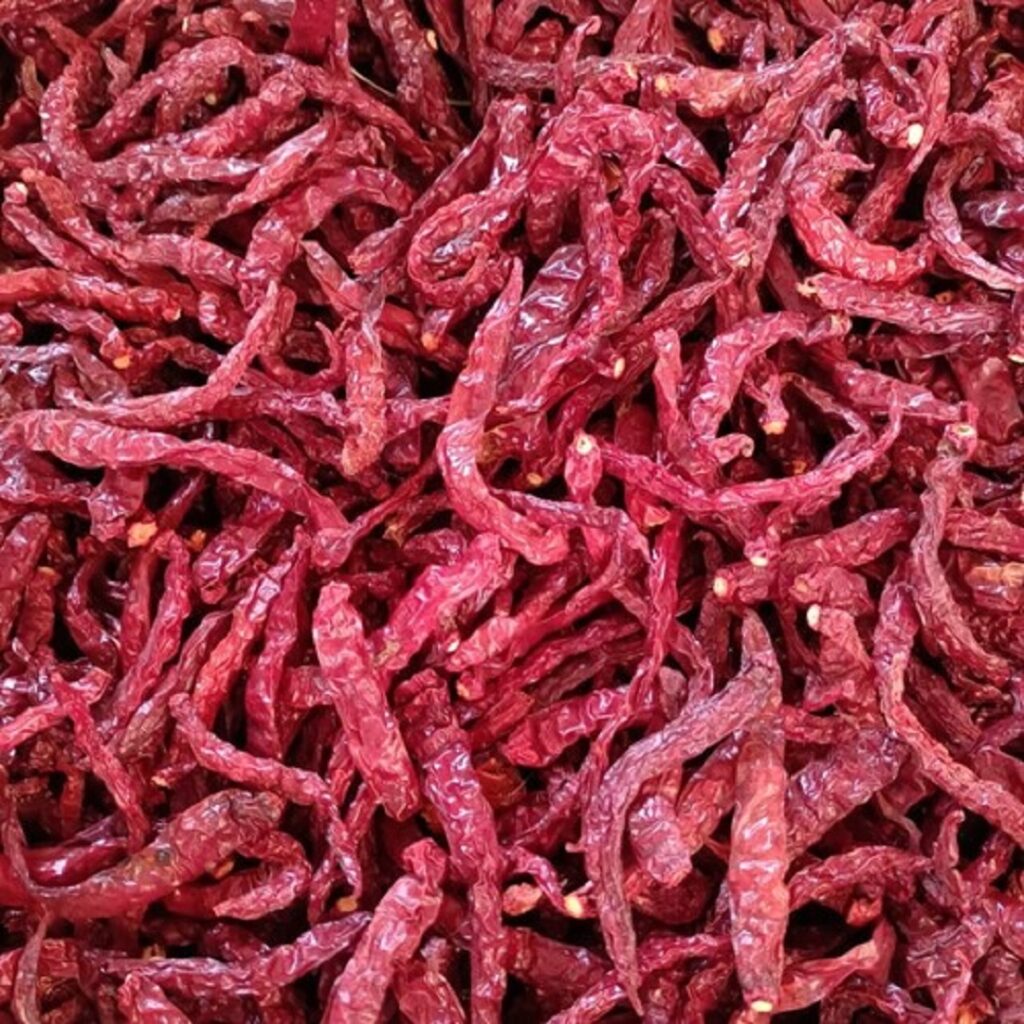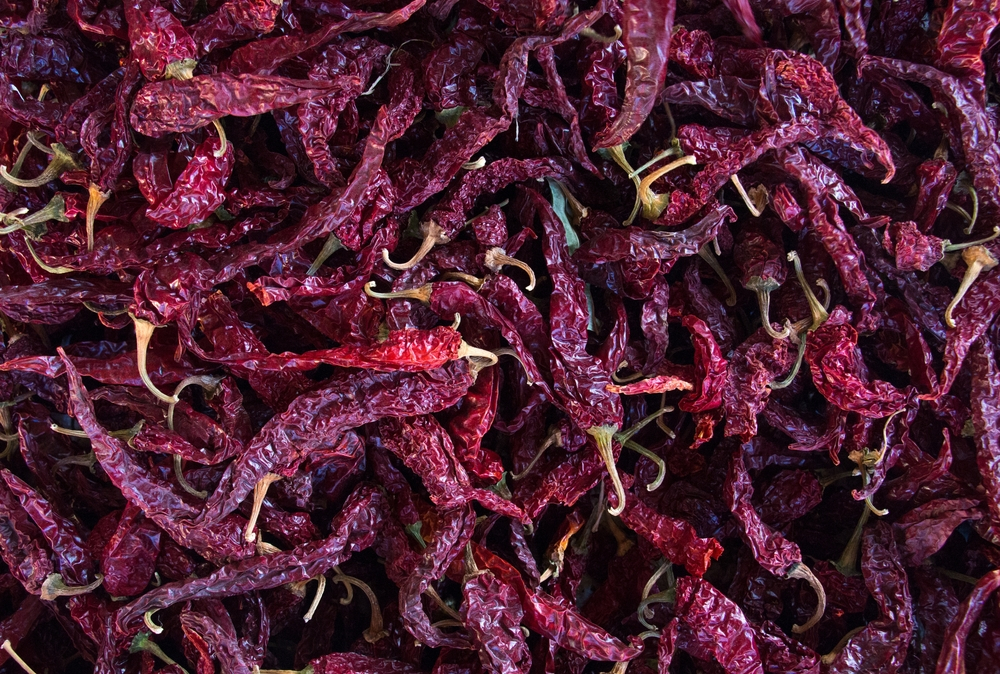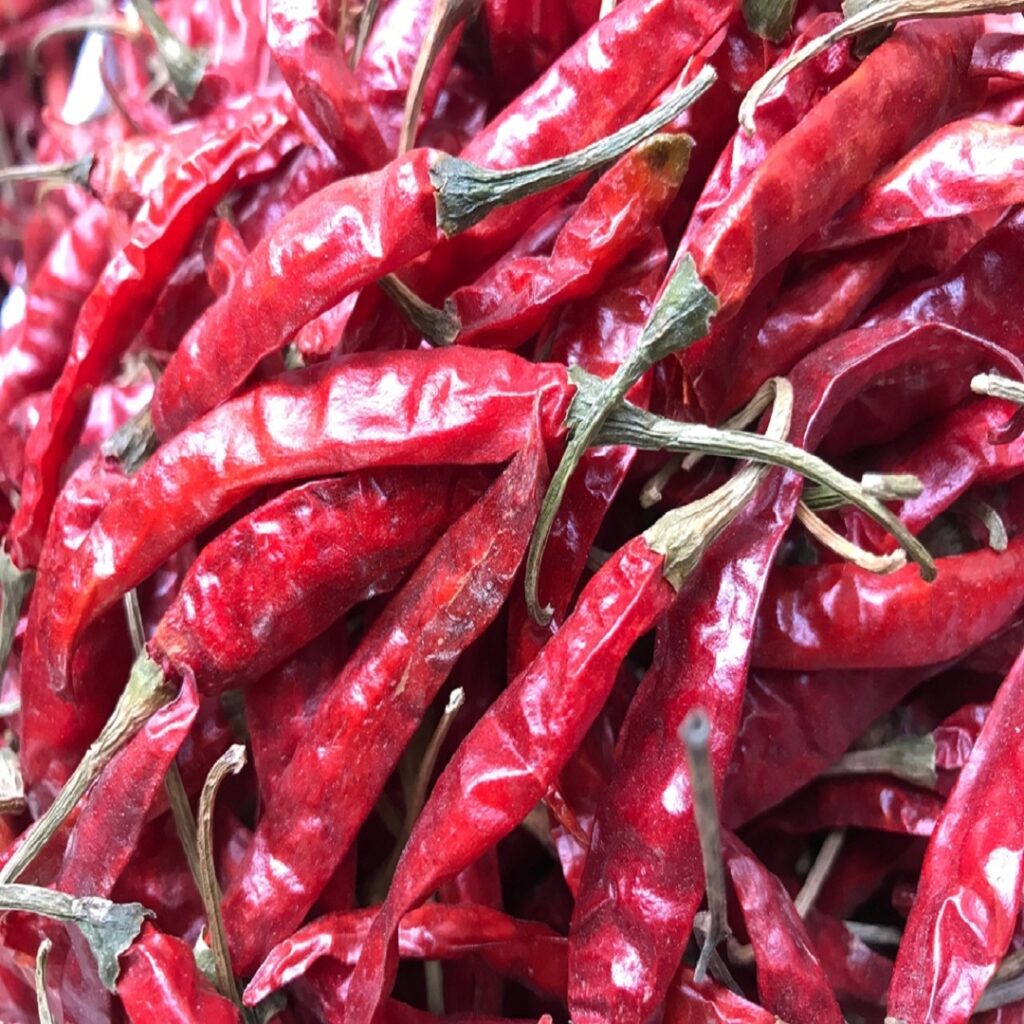Spices are the heart and soul of many cuisines around the world, adding layers of flavor and aroma that tantalize our senses. But for some of us, the thrill of the chili is unmatched. The heat, the burn, the endorphin rush – hot spices bring a unique dimension to the culinary experience.



In this fiery journey, we’ll explore some of the most famous hot spices across the globe, their unique characteristics, and the culinary delights they enhance. So, grab a glass of water (you might need it!), and let’s get cooking!
The Alluring Heat of Capsaicin:
The fiery sensation we associate with hot spices comes from a chemical compound called capsaicin. This sneaky molecule binds to receptors in our mouths, triggering a burning or stinging feeling. But here’s the interesting part – capsaicin doesn’t actually burn us! It’s our body’s reaction that creates the heat sensation.
Scoville Heat Units (SHU):
To measure the intensity of a pepper’s heat, we use the Scoville Heat Unit (SHU) scale. Bell peppers, for example, register at 0 SHU, while the infamous Carolina Reaper can reach over 2 million SHU!
Famous Faces of Heat:
Now, let’s dive into the world’s most celebrated hot spices:
- Jalapeño (Mexico): A versatile and readily available chili pepper, jalapeños offer a moderate heat (2,500-8,000 SHU) that builds gradually. They add a delightful kick to salsas, nachos, and countless Mexican dishes.
- Serrano Pepper (Central and South America): Slightly hotter than jalapeños (10,000-23,000 SHU), serranos pack a punch with a bright, grassy flavor. Enjoy them fresh in salsas or pickled as a fiery condiment.
- Habanero (Caribbean and Central America): Renowned for their intense heat (100,000-350,000 SHU), habaneros deliver a fruity aroma with a scorching kick. Proceed with caution! Use them sparingly in jerk chicken, hot sauces, or fiery Caribbean curries.
- Scotch Bonnet (Caribbean): Similar in heat to habaneros (100,000-350,000 SHU), Scotch bonnets boast a sweeter, fruitier profile. They are a key ingredient in Jerk seasoning and fiery Caribbean dishes.
- Cayenne Pepper (French Guiana): Usually found dried and ground, cayenne pepper brings a concentrated heat (30,000-50,000 SHU) with a lingering warmth. It’s a staple in Cajun and Creole cuisine, adding a spicy depth to gumbo, jambalaya, and hot sauces.
- Thai Chili (Southeast Asia): These small, potent peppers (50,000-100,000 SHU) are a cornerstone of Thai cooking. Their fiery punch with citrusy undertones elevates curries, stir-fries, and spicy Thai salads.
- Bird’s Eye Chili (Southeast Asia): Tiny but mighty, bird’s eye chilies (50,000-100,000 SHU) are another essential in Southeast Asian cuisine. Their intense heat with a touch of sweetness adds a fiery kick to curries, soups, and stir-fries.
- Gochugaru (Korean Chili Flakes): Korean cuisine takes center stage with gochugaru, vibrantly colored red chili flakes made from Korean chili peppers. While not the hottest on the list (4,000-10,000 SHU), they deliver a complex heat with a subtle smokiness, perfect for kimchi, bibimbap, and fiery Korean stews.
Beyond the Heat: Flavor Profiles and Culinary Delights
Hot spices offer more than just heat. They bring unique flavor profiles that enhance various cuisines. Jalapeños and serranos boast a grassy freshness, while habaneros and Scotch bonnets offer a vibrant fruitiness. Cayenne pepper adds a lingering warmth, and Thai chilies have citrusy undertones.
These chilies become the stars of countless dishes:
- Salsas and Hot Sauces: A global love affair, salsas and hot sauces showcase the vibrant flavors and heat of chilies. From the chunky tomato-based Mexican salsas to the fiery habanero-laced Caribbean hot sauces, there’s a world of flavor to explore.
- Curries: From the creamy coconut curries of Southeast Asia to the fiery vindaloo of India, hot spices add depth and complexity to these beloved dishes.
Native of Natural: Please follow and Like Facebook, Instagram, Linkdin, Twitter and YouTube.
